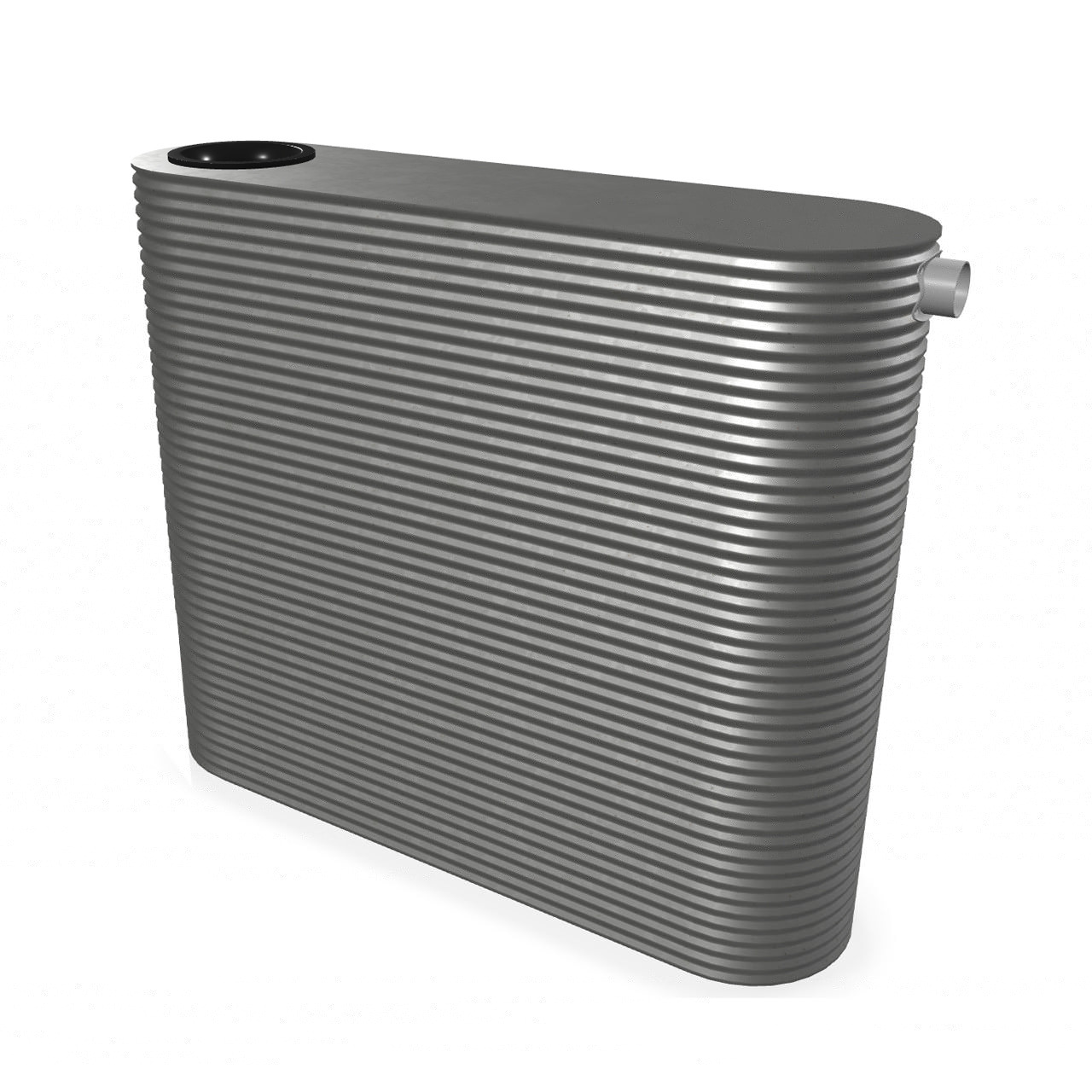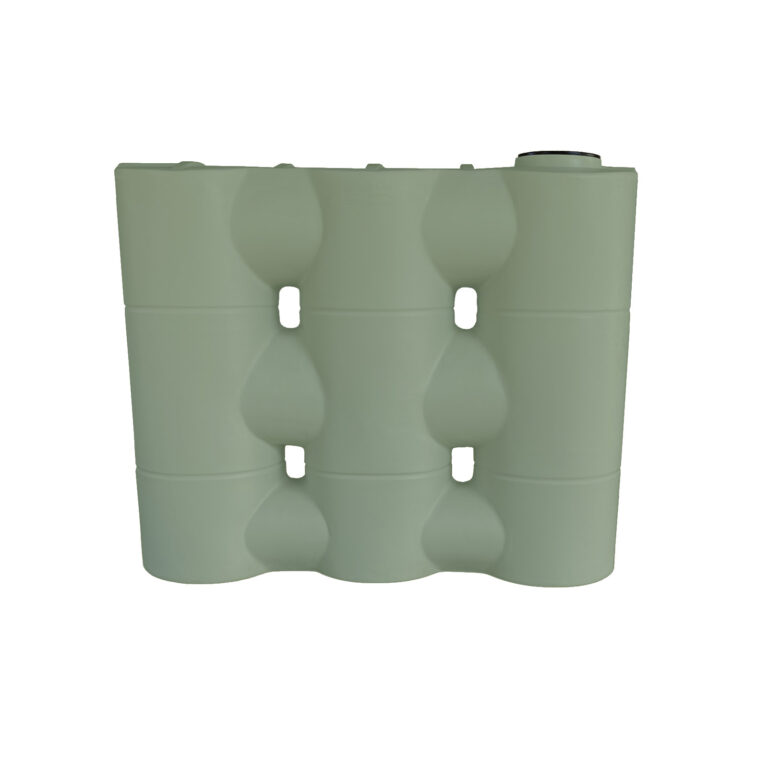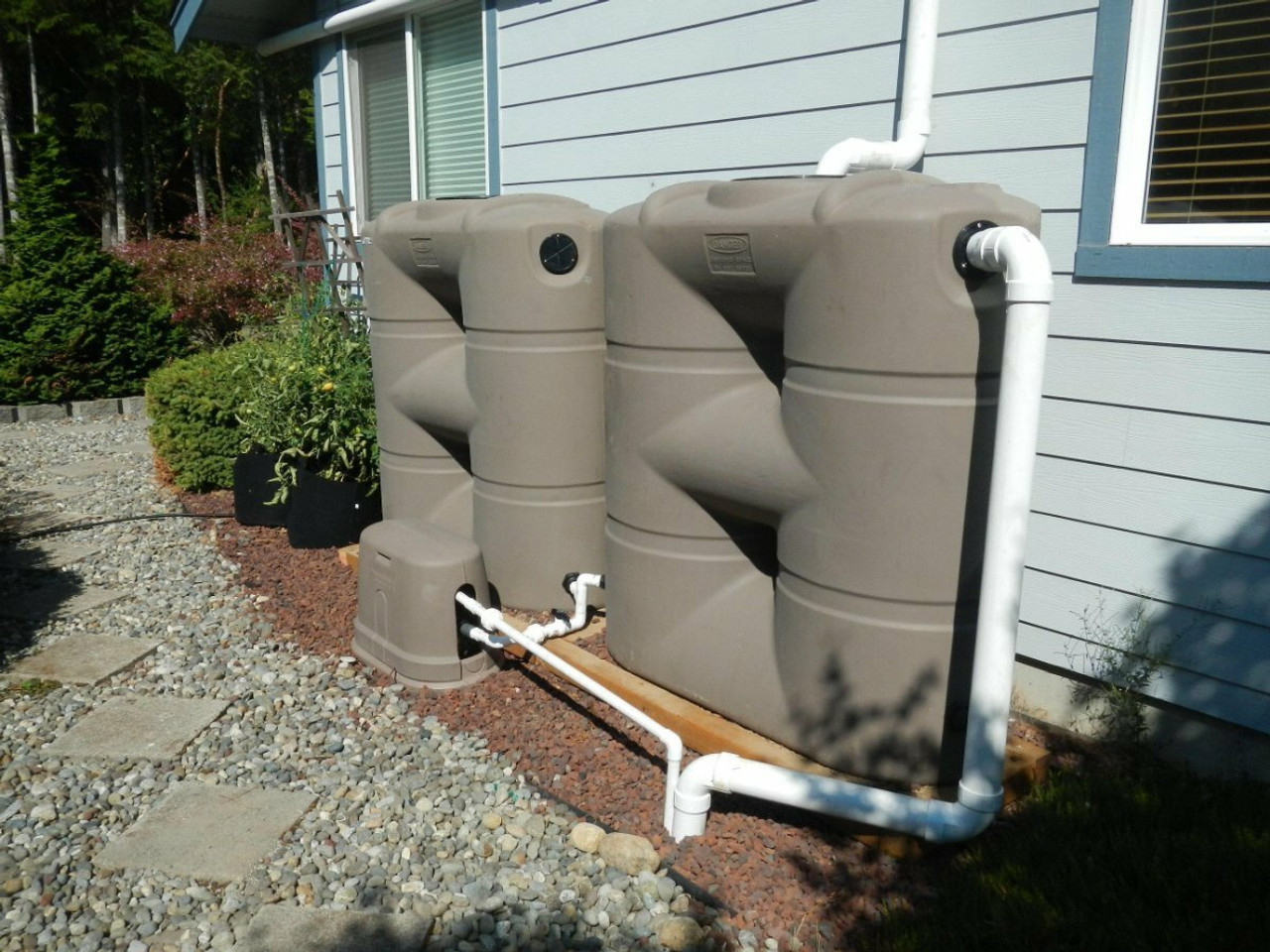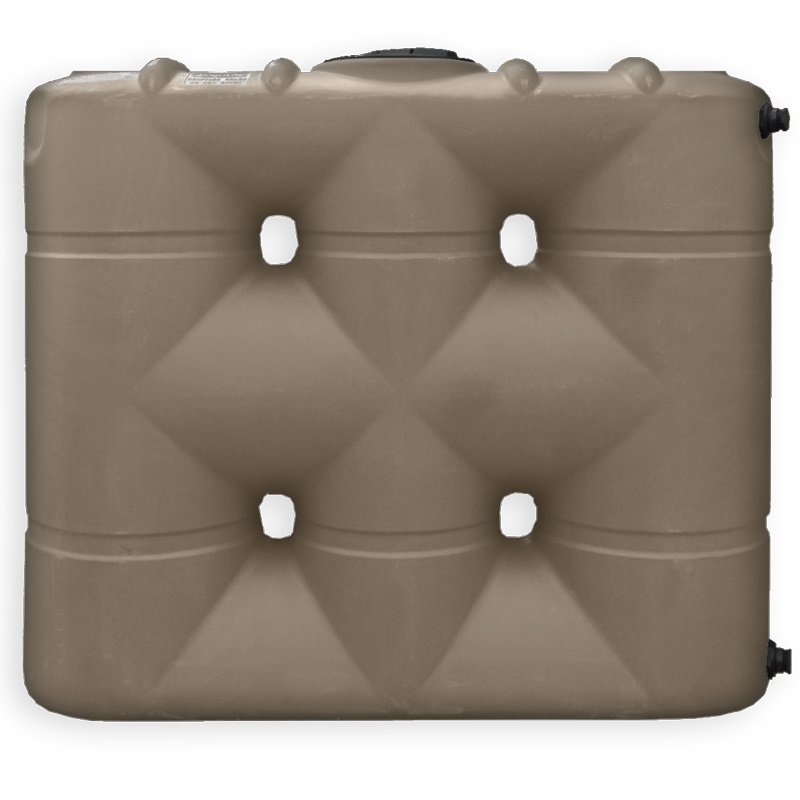Slimline Water Tanks: The Perfect Choice for Urban Water Storage
Slimline Water Tanks: The Perfect Choice for Urban Water Storage
Blog Article
Recognizing the Relevance of Rainwater Tanks in Drought-Prone Regions for Water Security
In areas prone to prolonged dry spells, the duty of rainwater tanks in bolstering water protection is a subject of growing relevance. As neighborhoods grapple with the challenges of water deficiency, comprehending the significance of these containers goes past mere collection of rain. Rain tanks work as an essential device in reducing the effect of water shortages by supplying a sustainable source of water for numerous needs. However, the real value of rainwater containers extends much beyond plain storage; it incorporates resilience-building steps and the promotion of long-lasting water preservation techniques. This complex strategy to water safety warrants a closer evaluation of the duty rain tanks play in guaranteeing a reliable supply of water throughout times of dry spell.
Advantages of Rain Containers
Using rain containers supplies a sustainable service for boosting water supply and enhancing water security in residential and commercial setups. One of the primary benefits of rain storage tanks is their capability to decrease dependency on mains water supply.

Rain Harvesting Strategies
Rain harvesting methods incorporate a series of approaches developed to effectively accumulate and keep rain for different purposes, adding to water preservation and sustainability. One typical strategy is the installment of rooftop catchment systems, where rainwater is gathered from the roof of a building and directed to a storage container. This approach is relatively basic and cost-effective. One more prominent method is the usage of above-ground or below ground storage space containers to save rain for later usage. These containers can be found in various sizes and materials to fit various needs and can be attached to the existing plumbing system for easy access.

Furthermore, rainfall yards and permeable pavements are ingenious strategies that include landscape design or paving surface areas in a method that permits rain to percolate into the ground, renewing groundwater gets. Additionally, shape farming and terracing are farming practices that assist record rainwater and avoid dirt erosion in hilly terrain. By applying these varied rainwater harvesting methods, communities can enhance water protection and resilience in drought-prone regions while advertising lasting water management methods.
Relevance of Water Safety And Security
Making sure reliable access to tidy and sufficient water resources is critical for maintaining human wellness, financial development, and ecological well-being. Water safety and security is a critical aspect of societal strength, particularly in regions vulnerable to droughts and water deficiency. Ample water security encompasses different measurements, consisting of schedule, quality, and ease of access of water for domestic, agricultural, commercial, and ecological requirements.
Water safety plays a crucial function in promoting public wellness by lowering the frequency of waterborne diseases and making sure hygiene centers. Financially, water protection is essential for farming performance, commercial procedures, and general economic growth. Slimline water tanks. Additionally, water safety is carefully linked to environmental sustainability, as it sustains ecological communities, biodiversity, and total environmental balance.
In drought-prone areas, water safety and security becomes much more essential as a result of the increased risk of water scarcities. Executing techniques like rain harvesting, water recycling, and effective water management techniques can substantially improve water security in these locations. By prioritizing water protection, communities can much better endure the influences of climate change, populace development, and other obstacles that threaten water schedule.
Enhancing Water Resilience
With boosting global water difficulties, building durability in water supply has come to be a vital emphasis for navigate to this site lasting growth initiatives. Enhancing water resilience entails executing techniques to ensure water schedule and high quality in the face of altering ecological conditions, such as droughts, floodings, and air pollution.
One trick facet of enhancing water strength is promoting using rain tanks in drought-prone areas - Slimline water tanks. Rainwater containers act as an efficient methods of capturing and keeping rain for later use, decreasing reliance on limited freshwater resources during completely dry durations. By integrating rainwater harvesting systems into water monitoring plans, areas can enhance their capacity to withstand water scarcity and keep water safety

Sustainable Water Preservation
In the middle of escalating water obstacles, the sensible monitoring of water resources with lasting preservation techniques is critical for making certain long-lasting environmental stability and societal health. Lasting water preservation entails the reliable use water resources to meet existing requirements without compromising the capacity of future generations to meet their very own requirements. By carrying out techniques such as rainwater harvesting, greywater recycling, and water-efficient modern technologies, neighborhoods can decrease water wastefulness and alleviate pressure on freshwater sources.
Additionally, sustainable water preservation techniques contribute to ecosystem health by maintaining ample water levels in rivers, lakes, and marshes, supporting biodiversity, and maintaining natural environments. These techniques likewise play an essential duty in minimizing the impacts of environment modification by assisting to adapt to altering rainfall patterns and water availability.

Final Thought
Finally, rainwater containers play an essential duty in enhancing water protection and strength in drought-prone areas. visit here By making use of rain harvesting methods, communities can decrease their reliance on standard water resources and promote lasting water preservation techniques. This not just aids reduce the effects of water scarcity throughout dry spells but additionally contributes to long-term water protection and resilience in the face of environment modification obstacles.
Report this page